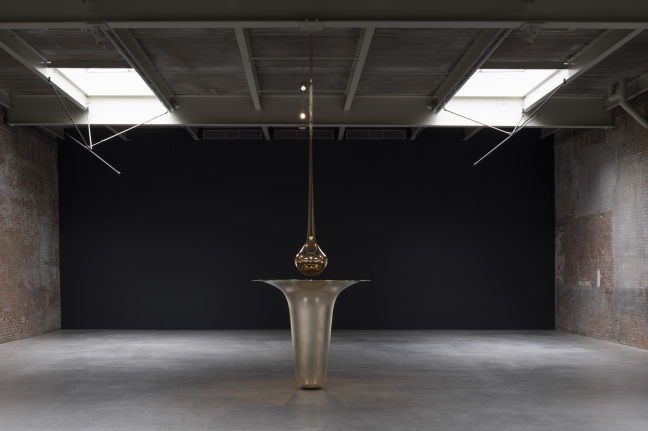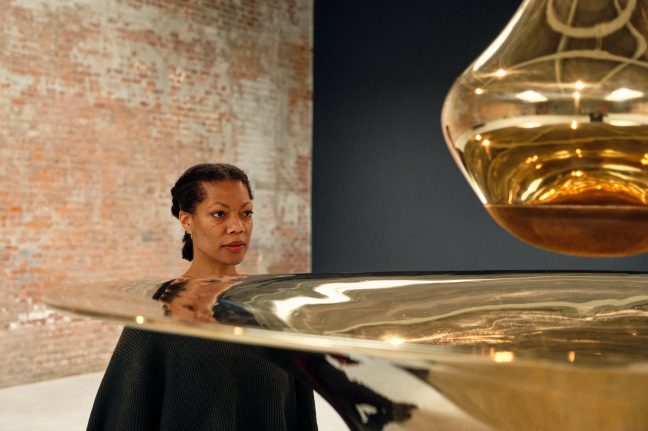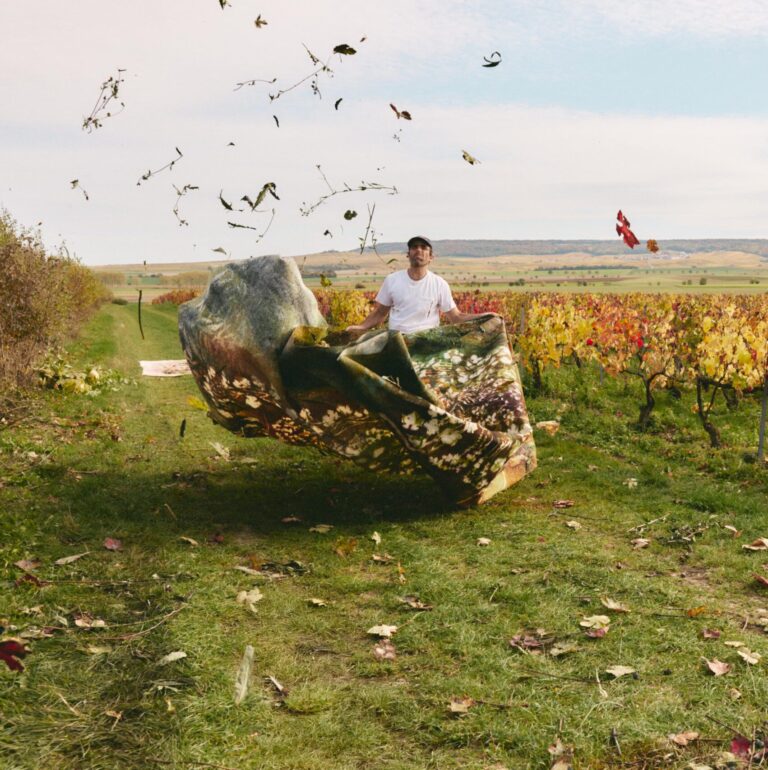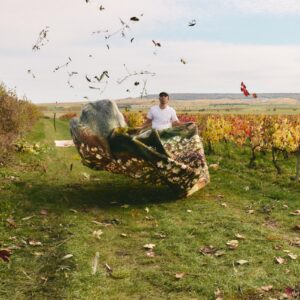As I enter Dia Chelsea, I find myself alone with a shimmering brass sculpture that sits in a pool of light generated by its own reflection. The sculpture pulses not only with luminosity but also with sound. The room is still except for the rise and fall of a low, vibrational hum, which seemed to contain an infinity of tones. Another guest enters and when the door slams behind them, the sculpture responds with a cry that crescendos, building itself around me and enveloping me in its reverberations. It seemed that for a moment I had stepped out of time and into a distinct world of different pitches, vibrations and resonances.

I have just described my experience visiting "Plexus," a new site-specific sound installation by Camille Norment. Based in Oslo, Norment is a composer, sound artist and, metaphorically speaking, a biologist. “I’m interested in sound as a living system,” she says. “It was important to me that the work feels alive.” The exhibition, which stretches across two galleries, immerses visitors in the sound of this animacy. At every moment, the exhibition seems to breathe, resounding with its own sentience.
The first gallery contains the brass sculpture described above, part of an installation called Untitled (2021), a complex sonic loop that reacts to the movement of gallery visitors. The sculptural composition, which immediately conjures images of musical instruments, is comprised of two parts: a bowl-like form resembling a trumpet balances on the ground and an extended teardrop shape suspended from the ceiling that recalls a brass mute. Four microphones hang from above to complete the loop: they absorb the sound of bodies as we move across the space, generating feedback that subsequently echoes through the sculpture. To move through this gallery is thus to experience the pitch of your own echo, to hear the ghostly compositions of your own and other bodies’ motions.

For Norment, the piece is about generating “an ethics of sound.” It was born out of an effort to “flatten out the hierarchies between composer, music and audience.” In other words, it’s an exercise in mutuality between the living human body and living sound: the body gives rise to the sound but, at the same time, has absolutely no control over it. The installation is, according to the artist, “a wild child… No matter what you do it’s unpredictable in the end. There is a degree of release there in that I don’t have complete control over it. It’s a living system.”

She continues to question the errant, unpredictable relationship between sound and the body in the second gallery. In contrast to the light glow generated by the sculpture in the first gallery, the second is thick with dark, heavy forms and tones. A rhizomatic maze of long wooden beams stretches across the ground and up the walls towards the ceiling like ivy, where it meshes with the gallery’s rafters. The wood is embedded with speakers that play an accompanying sound-based work, a chorus of moans and groans that sounds sits somewhere between dissonance and harmony, “at once containing mournful elements and elements of joy, elements of mediation.”

“A lot of my work is an attempt to challenge these binaries. Or it finds itself in discussions about binaries,” Norment says. “I am working in the space in between because it’s always been a spectrum to me.” The fullness of this spectrum becomes an embodied experience as visitors are invited to sit on the installation and get tangled up in its vibrations. Through the guttural hums and haunting vibratos, our bodies receive a sensational, palpable fugue of emotion. In Norment’s sonic ecosystem, sound quite literally resonates deeply, as feeling.










 in your life?
in your life?

